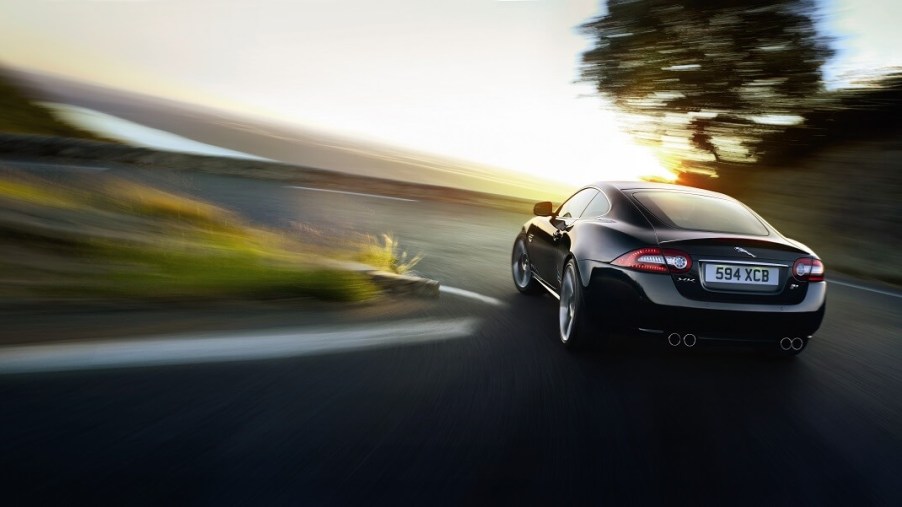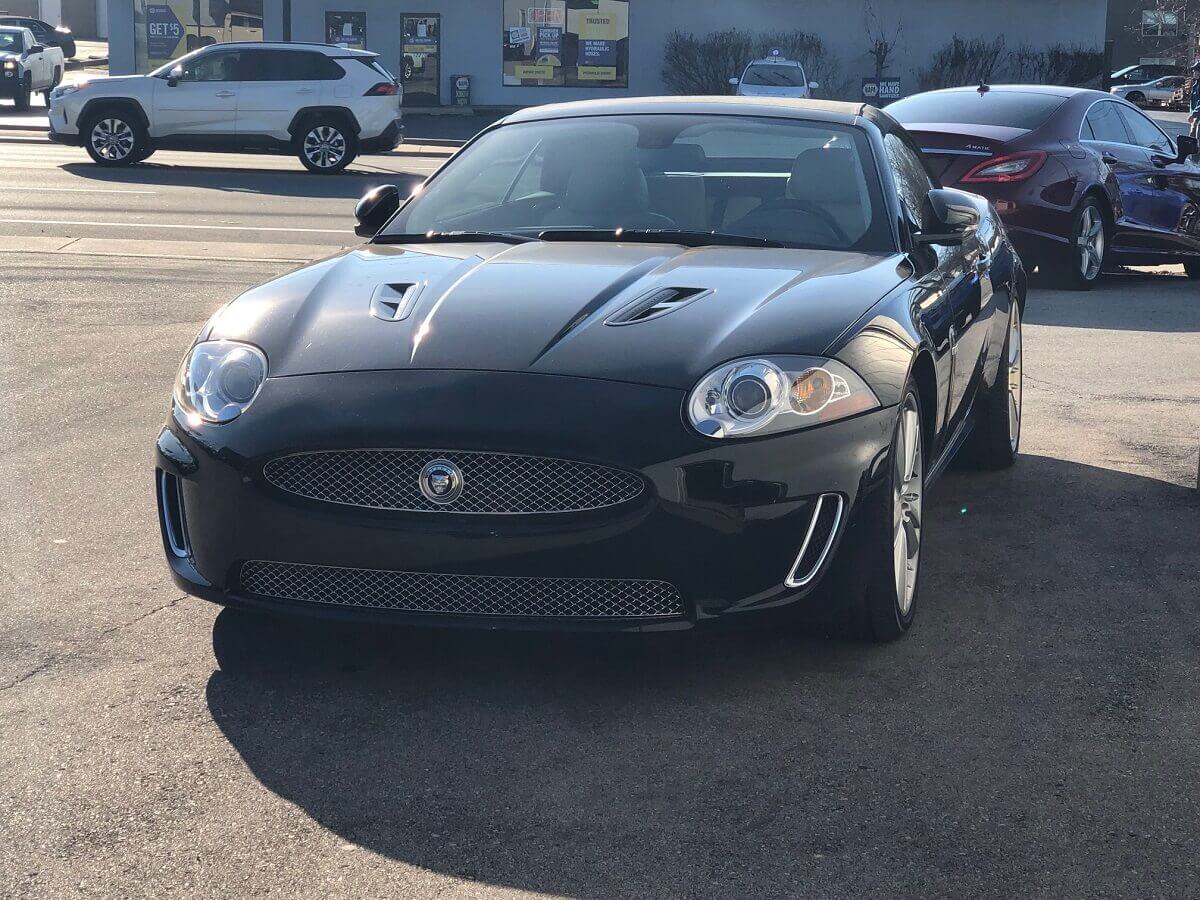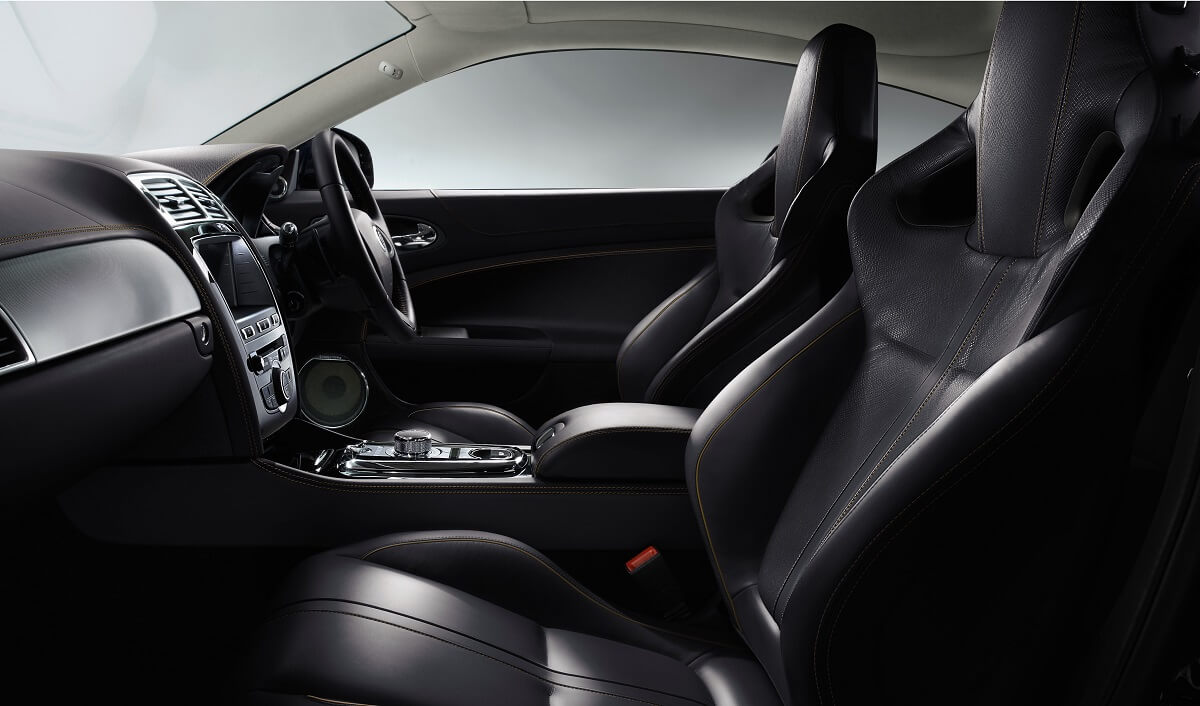
I Drove Every Jaguar XK X150 and Fell in Love With the Big Cat GT Car
It’s a real heartbreaker for fans of long-legged European GT cars: swollen price tags and woeful reliability. However, not every GT car lives up to the cripple-you-financially narrative surrounding these posh, leather-wrapped performance coupes and convertibles. Enter the Jaguar XK and XKR X150, budget-friendly big cats with claws and comfort to spare. So, after taking a spin at every drivetrain from the X150 generation, I have some takeaways you can use in your hunt for an affordable grand tourer.
Which years are in the Jaguar XK X150 generation?

The Jaguar X150 generation of XK spanned from 2006 to 2014. After 2014, the British marque discontinued the XK line in favor of its other models, like the F-TYPE. Further, the first X150s took over from the XK’s predecessor, the X100.
Still, the X150 was more than just a refresh for the 2+2 model; the big cat adopted a smoothed-out, Aston Martin-esque GT car aesthetic. Moreover, the model’s updates go beyond skin-deep. The XK’s chassis received a bottom-up redesign, including the incorporation of a bonded aluminum platform. Of course, the X150 model’s upgraded looks and performance are courtesy of the Jaguar team and Ian Callum, a famed British designer.
The XK X150 blends comfort with traditional GT good looks

I had the opportunity to drive every engine option from the X150’s lineup, and it didn’t disappoint. In an atypical fashion, I drove the naturally aspirated (N/A) pre-facelift 4.2 variant, then swapped the keys for the supercharged post-facelift 5.0L XKR before piloting the rest. As expected, the 4.2 XK’s V8 is a happy mill, with melodic revs and quick shifts courtesy of its six-speed automatic gearbox.
Even by today’s standards of GT cars with sub-four-second launches to 60 mph, the 300-horsepower XK is spritely. However, it doesn’t compromise the ride quality fans expect from the Coventry cat. Cornering is confidence-inspiring, albeit with the potential for oversteering with liberal use of the throttle.
As with Emeril Lagasse and his “Bam” approach to cooking, Jaguar spiced things up with the supercharged XKR models. I found the post-facelift supercharged 5.0L V8 and its 510 horsepower to be explosively launch-happy, if also orchestral. However, while the supercharged 5.0L mill is much more performance-oriented than the smaller-displacement 4.2L engine, the latter proved to be the more musical of the two.
How much does a Jaguar XK cost?
More so than the Jaguar XK X150’s merit as a grand tourer is its appealing price point. Kelley Blue Book (KBB) says the 2007 XK has an average value of around $15,109. Of course, higher-performance models will demand more.
| Model | Fair purchase price (KBB) | Engine size | Horsepower |
| Pre-facelift XK | $15,109-$16,361 | N/A 4.2L V8 | 300 HP |
| Pre-facelift XKR | $17,037-$19,271 | Supercharged 4.2L V8 | 420 HP |
| Post-facelift XK | $18,546-$27,851 | N/A 5.0L V8 | 385 HP |
| Post-facelift XKR | $21,148-$34,038 | Supercharged 5.0L V8 | 510 HP |
Which XK is the best?
Depending on your intent for your GT car, the pre-facelift Jaguar XK and XKR are two of the best bargains in the segment. However, potential owners should be mindful of expensive components and their repair costs. For instance, an example I inspected in Chicago turned out to require a very pricey suspension rebuild.
Of course, fans who want the most maniacal option with an XK badge will have to opt for the 542-bhp XKR-S. However, they’ll have to budget for the late-model madness; KBB says a 2014 XKR-S with average mileage has a fair value of about $43,133.



